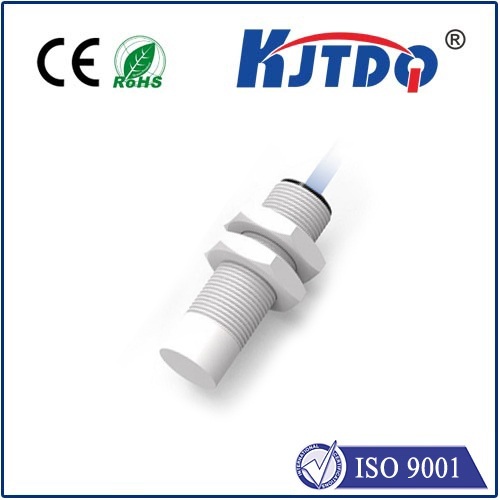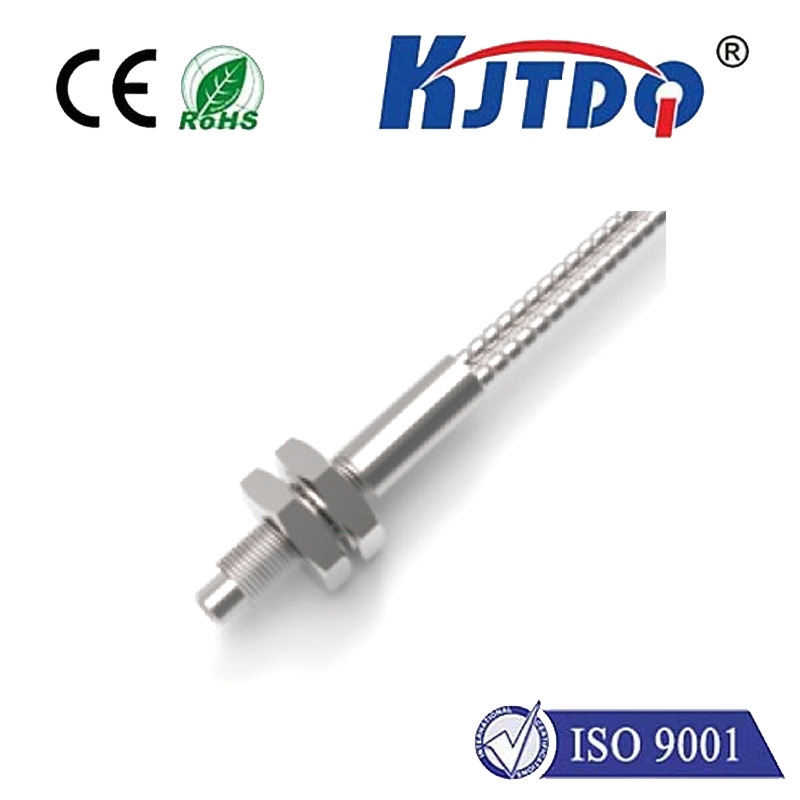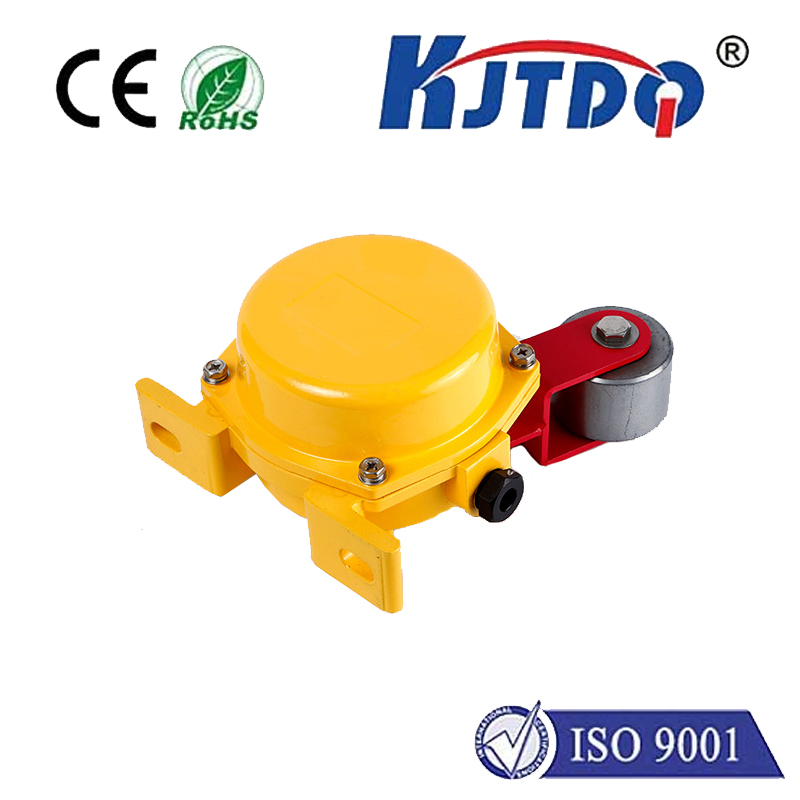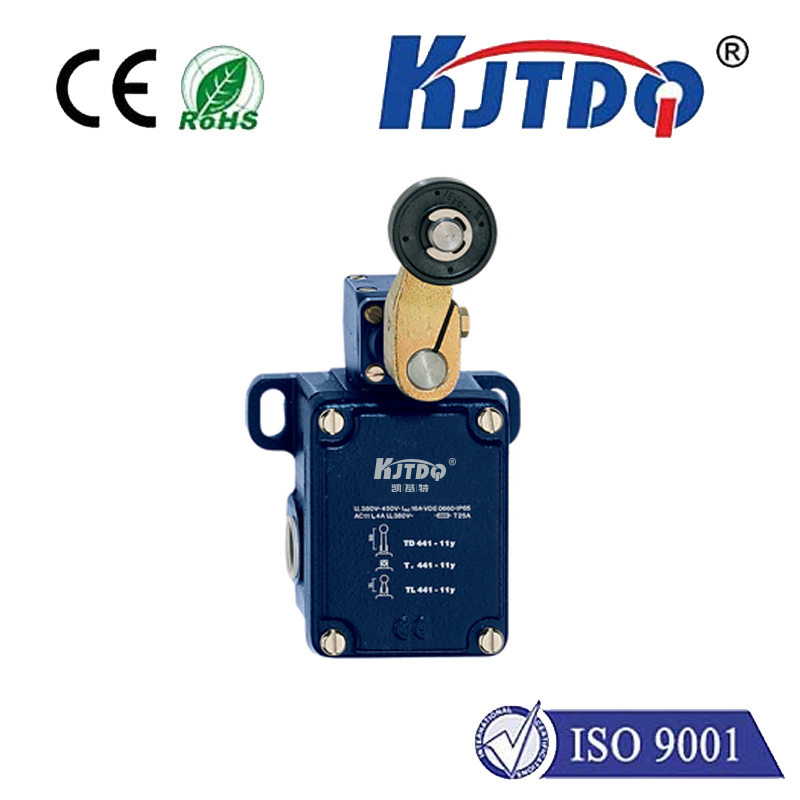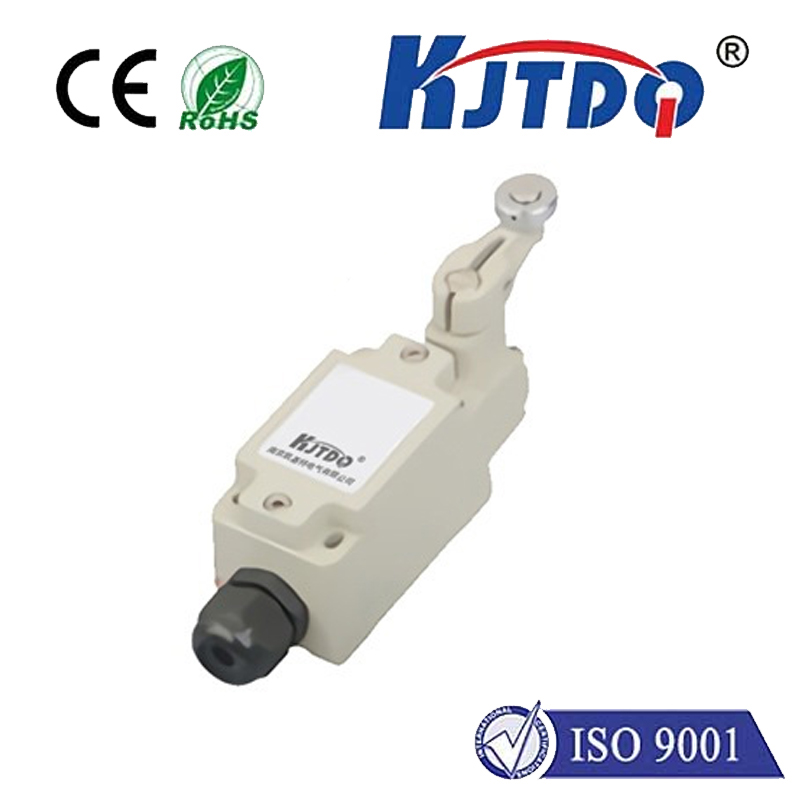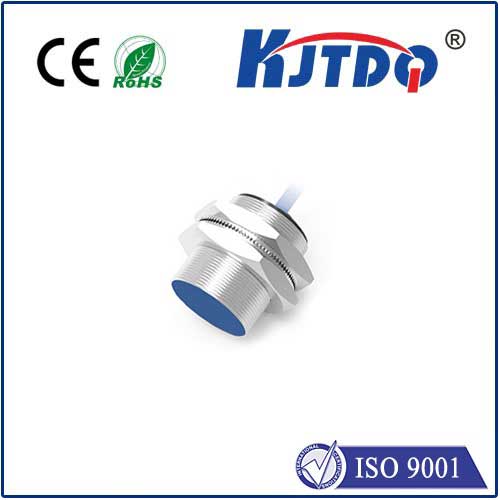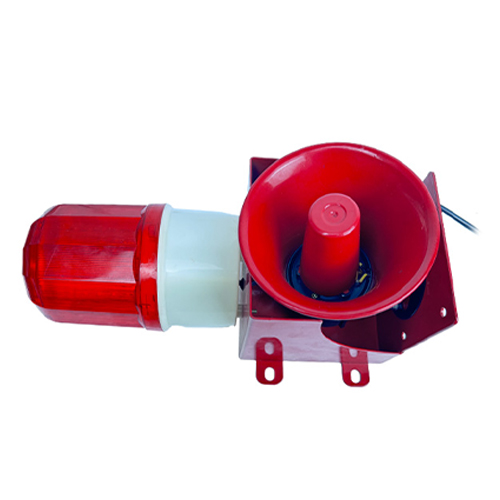2 Предельный переключатель
- time:2025-08-01 13:21:03
- Нажмите:0
The Essential Role of 2 Pole Limit Switches in Industrial Control & Safety
Imagine the precise moment a massive CNC machine automatically retracts its cutting tool before it collides with the workpiece, or when an automated warehouse elevator stops exactly level with a floor, or a conveyor belt halting safely at the end of its track. These critical moments of positioning, detection, and safety often rely on a robust, unsung hero: the 2 Предельный переключатель. Far more than a simple on/off device, this specialized component serves as a fundamental safeguard and control element in countless industrial settings. Its unique design provides an enhanced layer of control and redundancy that single-pole counterparts simply cannot match, making it indispensable for demanding applications where both precision and safety are paramount.
Understanding the “2 Pole” Distinction
At its core, a limit switch is an electromechanical device activated by physical contact with an object (often via a lever, plunger, or roller). This actuation changes the state of its electrical contacts, signaling a machine’s control system to start, stop, or change an operation. The “2 pole” designation is the key differentiator. It means the switch contains two completely separate and electrically isolated sets of contacts within a single housing. Each “pole” operates like an independent switch.

- Functionality: One machine action (e.g., a gate closing) typically actuates both poles simultaneously.
- Isolation: The circuits controlled by each pole are completely separate. There is no electrical connection between them internally.
- Circuit Control: This allows the single limit switch to control two entirely different electrical circuits at the same moment of actuation. For example, Pole 1 might control a motor starter coil (power circuit), while Pole 2 controls a PLC input signal (control circuit).
Why Opt for a 2 Pole Design? Key Advantages and Applications
The dual-circuit capability of a 2 pole limit switch unlocks significant benefits, driving its adoption in scenarios demanding more than basic on/off control:
- Enhanced Safety Through Redundancy (Safety Interlocking): This is arguably the most critical application. In safety-critical systems (e.g., guarding access doors on machinery), a 2 pole limit switch is often mandated by safety standards (like ISO 13849, IEC 62061). One pole is directly wired into the machine’s safety relay circuit or safety controller. If the guard is opened, this pole breaks the safety circuit, forcing an immediate and controlled stop (often via a separate safety power contactor). The second pole can simultaneously signal the machine’s main controller (PLC) that the guard is open, allowing it to log the event, prevent restart attempts until the guard is closed, or manage related processes. The physical isolation between poles ensures a fault in the control circuit (e.g., PLC input short) won’t compromise the critical safety circuit.
- Simultaneous Control of Power & Logic Circuits: Many automated processes require both immediate power interruption and signaling to a controller upon reaching a limit. A 2 pole switch can directly interrupt a motor power circuit (using one pole rated for higher current, e.g., 10A / 250VAC) while simultaneously providing a dry contact input to a PLC or other low-voltage control device using the second pole. This eliminates the need for an additional interposing relay and simplifies wiring.
- Circuit Independence & Flexibility: By providing two isolated switching actions in one unit, these switches offer greater wiring flexibility. They can control two separate devices or functions triggered by the same mechanical event. For instance, one pole could stop a conveyor motor while the second pole triggers a warning light.
- Improved Diagnostics: The ability to have one pole dedicated to a safety function and the other to a monitoring/PLC input aids in troubleshooting. The PLC can potentially detect if the safety circuit has tripped independently of the main controller logic.
- Space and Cost Efficiency: Achieving the same level of control and safety with single-pole switches would typically require two separate devices, mounting hardware, and potentially more complex linkage mechanisms. A robust 2 pole limit switch consolidates this into one package, saving panel space and potentially reducing installation time/costs.
Types and Key Specifications to Consider
2 pole limit switches come in various forms to suit different mechanical and environmental demands:
- Housing Material: Choices include robust metal (zinc die-cast, stainless steel) for harsh industrial environments or thermoplastic for lighter duty or corrosive applications.
- Actuator Style: Options like roller levers (for tracking cams), plungers (for direct linear pressure), adjustable levers, whiskers, or cat whisker types cater to different triggering methods and objects.
- Contact Configuration: The most common configuration for 2 pole switches is 2 Normally Open (NO) contacts or Double-Break (which offers even higher reliability). Configurations like 1NO/1NC (Normally Closed) per pole are also available for specific logic needs.
- Electrical Ratings: Critical specs include:
- Voltage Rating (e.g., 250VAC, 480VAC): Maximum voltage the contacts can safely switch.
- Current Rating (e.g., 10A, 15A): Maximum current the contacts can carry and interrupt reliably, especially important if controlling motors or solenoids directly.
- Contact Material (e.g., Silver Alloy, Gold Plated): Affects longevity and resistance to arcing/corrosion.
- Protection Rating (IP Code): IP65, IP67, or IP69K ratings are essential for switches exposed to dust, water jets, washdowns, or oils.
- Долговечность: Mechanical life (number of operations) and electrical life (number of operations under load) are key indicators of longevity.
- Safety Certifications: Look for switches certified to relevant standards like IEC 60947-5-1 for general use or specific safety standards (EN ISO 13849-1, IEC 62061) if used in safety functions.
Integration and Best Practices
Successfully integrating a 2 Предельный переключатель into a system requires careful consideration:
- Precise Positioning: Mounting location and actuator adjustment are critical to ensure reliable and repeatable actuation by the target machine component (cam, part, gate, etc.).
- Robust Mounting: Ensure the switch is securely fastened to withstand vibration, shock, and repeated actuation forces.
- Environmental Protection: Select an IP rating appropriate for the location (washdown, dust, oil mist, outdoor).
- Correct Wiring & Circuit Separation: Strictly adhere to the wiring diagram. Maintain clear separation between the circuits controlled by each pole, especially when one is a safety circuit. Use appropriately sized wires and proper termination techniques.
- Regular Maintenance & Inspection: Periodically check the switch for physical damage, smooth actuator movement, secure mounting, and verify its electrical function. Replace worn or damaged switches promptly.
The Indispensable Sentinel of Automation
The 2 Предельный переключатель transcends being a mere sensor. Its inherent design, featuring two electrically isolated contact sets, provides a powerful combination of control functionality and enhanced safety capability. Whether it’s ensuring the redundant shutdown of dangerous machinery via a guard door, simultaneously cutting motor power and signaling a PLC at the end of a travel path, or providing isolated control for two separate processes triggered by one event, this versatile component delivers robust and reliable performance. In the intricate dance of industrial automation, where precision, safety, and efficiency are non-negotiable, the







